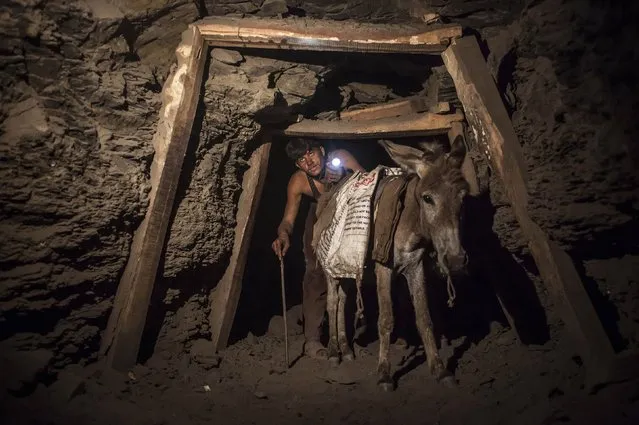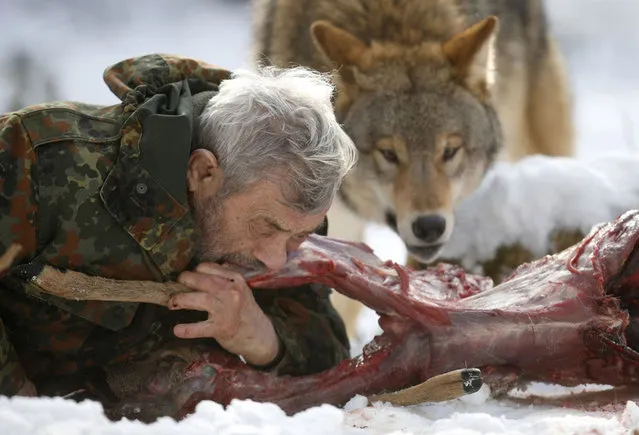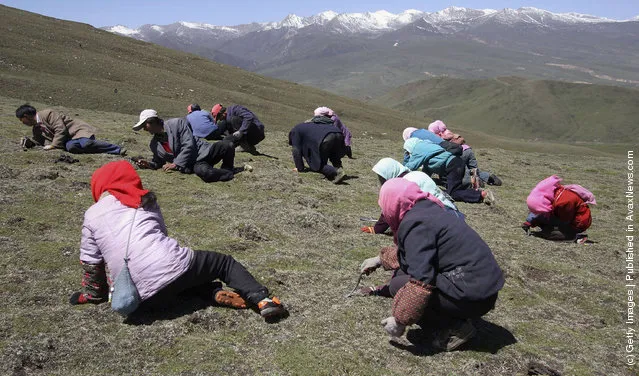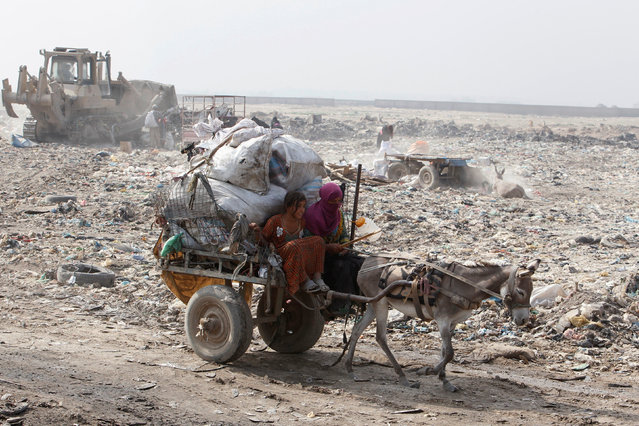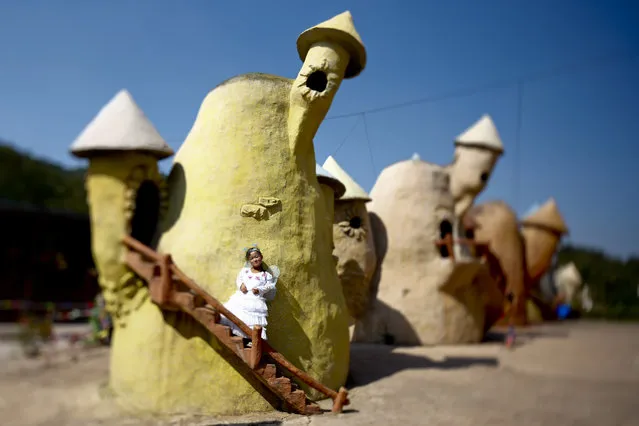
A picture made with a tilt-shift lens shows “Dwarf Empire” cast member 19-year-old Han Zhen Yan posing in her fairy costume backstage outside one of the fairy tale-like houses at the Dwarf Empire theme park outside Kunming, China's Yunnan province, 04 April 2013. The Dwarf Empire theme park opened in mid-2009, employing a number of dwarves to create the show. Depending on what type of job they do at the park, employees earn between 800-2,000 CNY (100-250 Euros) per month, most of which goes towards their savings as lodging is provided, and their living quarters are equipped with kitchens where they prepare their own meals. (Photo by Diego Azubel/EPA)
22 May 2014 06:39:00,post received
0 comments

